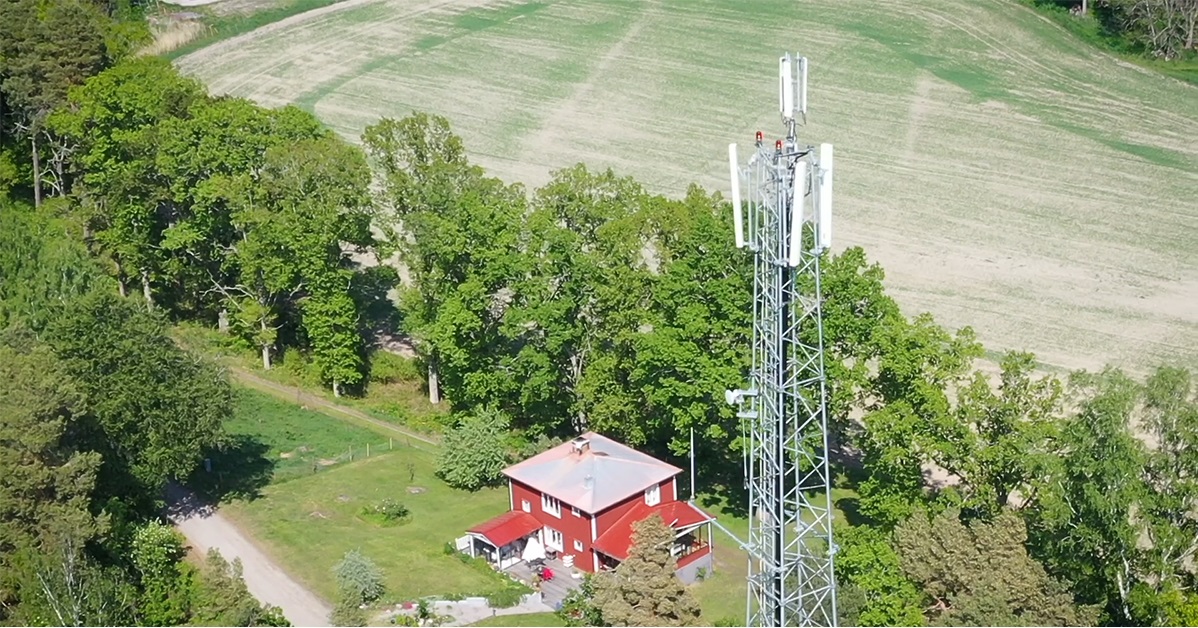Future-proofing antenna system performance for 5G and beyond
APR 19, 2021

Now that 5G is here, the question of whether to replace or upgrade a wide variety of tower-top equipment is high on the agenda for mobile operators and infrastructure providers. PIM is a key issue given that it can change over time for a variety of reasons. One of the key concerns many have is whether the 5G equipment installed today will have to be replaced again soon. How do you ensure your tower-top equipment is built to last, can maintain reliable PIM levels and is flexible enough to adapt to future needs? All of this is crucial for future-proofing antenna system performance for 5G and beyond and meeting the challenges analyzed in our guide “Securing excellence in antenna system performance for 5G and beyond”.
Prepare for how PIM can change
It’s all well and good to see solid antenna system prototypes designed in a lab. But how well will they hold up over time in the real world and its harsh weather? Antenna tower tops are exposed to a wide variety of harsh environments across the world and performance can easily degrade over time if you aren’t careful. This is especially true for PIM, which can degrade rapidly following lightning strikes. PIM can also change as a result of excessive vibrations, which can be caused by heavy wind. PIM changes can be both in short bursts and in more lasting shifts.
On the one hand, PIM performance of a cable assembly may seem good at first only to degrade as the assembly heats up. On the other, PIM performance may improve once equipment has expanded due to heat and having been worn in. External elements in the landscape like roof construction and scaffolding can cause PIM as well. Naturally, these can change over time, too, as new construction projects are started and others are completed.
Choose equipment that’s built to last and designed with PIM in mind
Choose antenna systems that are tailored to your local weather conditions and designed for reliable PIM performance. This generally requires that they be PIM-measured several times during production and produced with consistent build quality across large production series. As a result, it is easier to stay on top of PIM performance over time with excellent interoperability with PIM test and measurement tools. In addition to cutting costs for maintenance and replacement, antenna systems designed around PIM performance are easier to install. This cuts the time and expense for installation and reduces the risk of installation errors.
PIM best practice: Commonly seen specifications for antennas are 143 to
153 dBc IM3 levels with two +43dBm (20 Watt) per carrier tones.
Create a flexible foundation for the future
Wouldn’t it be nice to create a solid foundation now that you can build upon later instead of having to start from scratch when new technologies are introduced and needs change? Integrated tower-top equipment that can support multiple frequencies, even frequencies not currently in use, can be a difference maker.
For instance, you may want to run the uplink on 4G now with a certain amount of amplification to support the 5G downlink. But later you may want to run the uplink on 5G standalone. This could change your interference filtering and amplification needs, and the antennas currently broadcasting 4G would need to support 5G. A flexible, future-proof integrated antenna system helps you adapt to these future needs in a cost-effective manner.
Learn more about our complete antenna systems designed with Kaelus PIM performance expertise in mind at every step. Don’t hesitate to get in touch with us to discuss next gen antenna system performance for your markets and your needs. At Kaelus, we believe it will be essential for all of us to gain increased knowledge and insights to ensure the best possible mobile network. Let’s enable the connected society of tomorrow together.